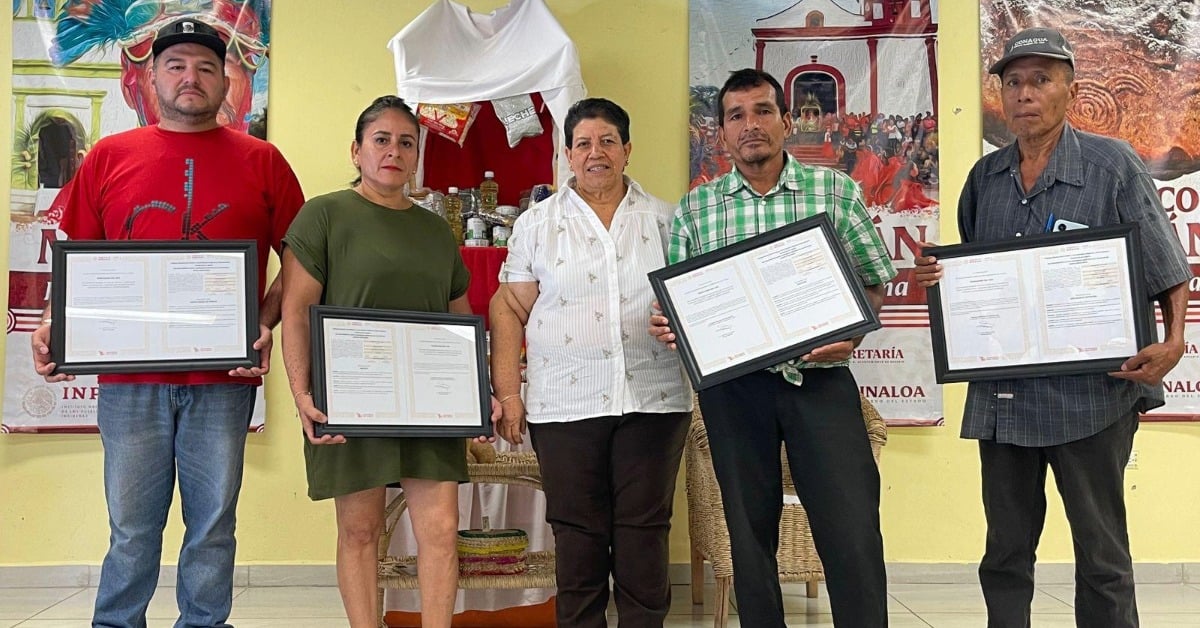On August 9, 2025, the communities of Maloya, Matatán, San Marcos Otatitán, and Santa María in Rosario, Sinaloa, received formal certification as Indigenous peoples . . .


On August 9, 2025, the communities of Maloya, Matatán, San Marcos Otatitán, and Santa María in Rosario, Sinaloa, received formal certification as Indigenous peoples . . .

